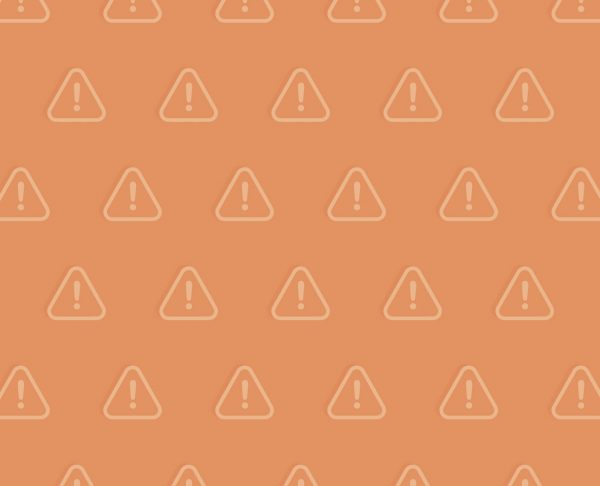I can still remember the groans I would hear when I told my sixth graders it was time to learn about poetry. Poetry often brings out emotion, although as their ELA teacher, I have to admit that I was hoping for an emotion other than disappointment. Poet Kwame Alexander states that poetry gives students the freedom to “express themselves in many different ways by experimenting with different styles and forms. [This] can create enthusiasm that then makes other writing tasks feel more manageable.” I wanted to show my students the power of poetry (and writing) that Alexander references, but I struggled to convey that message to them while also making sure they understood poetry terms and concepts.
I discovered that when I facilitated more hands-on projects and experiences, with poetry and with writing in general, I saw more engagement (and less groans), creativity, and success. When we integrate making and poetry, it allows students to express themselves in tactile ways instead of just linguistic. Making invites all learners to participate instead of only those who are not intimidated by poetry.
I was reminded of this recently when I worked with an educator who was looking for some resources and ideas to help her integrate making and poetry. I had a lot of fun brainstorming alongside her. Here are some of our ideas.
Where I’m From
One project we often completed at the beginning of the school year involved students creating their own version of George Ella Lyon’s poem, “Where I’m From.” We would start by listening to Lyon read “Where I’m From.” After discussing her work, I gave students the opportunity to create their own artistic representation of where they are from. Offering choice at the beginning of the school year also helps gather some data about the learners you have in your classroom. What kind of work do they gravitate towards? What type of assignments do they avoid? For resources and ideas on engaging students with this writing, Lyon has started a crowdsourced website that has examples of art and poetry that have been inspired by her work. In addition, NPR and Kwame Alexander crowdsourced and compiled entries to create a poem inspired by Lyon’s poem.
Concrete Poetry
One of my favorite ways to combine making and poetry is through concrete poetry. I often did text exploration with a picture book that features a collection of concrete poems called, A Poke in the I. Once students start to grasp the elements of a concrete poem, there are many opportunities to integrate hands-on learning with concrete poetry. For example, students might create a 3D model to assist in communicating the meaning of a poem they write. You might even have students embed circuitry to add light or sound using tools like littleBits or Chibitronics. Another idea if you are looking for something more open-ended is to leave materials and the creation of their concrete poem up to the students to problem solve. This LEGO poetry idea from Twitter could even be used by students to build their own concrete poem.
Poetry and Makey Makey
I love this idea from Makey Makey called, Sketch it Play it Poem. In this activity, students create visual representations of their poems and program the drawings to have interactive features using Makey Makey and Scratch.
Poetry Collage
Embedding making into instruction does not always mean using high-tech tools. Sometimes, it can just mean using different creative materials to write a poem. Have students make a collage by finding words, phrases, and even create images using different mediums (i.e., magazines, newspapers, old books, etc.).
Book Spine Poetry
Looking for a way to engage students who aren’t typically interested in poetry? This is a great resource outlining a method of creating book spine poetry. This could be a wonderful, low-risk way to introduce students to poetry.
Haiku Robotics
Give students an opportunity to write a haiku. Then, using robotics and/or coding (Dash, Cue, Hummingbird Bit, Scratch, etc.), record a reading of it using the related coding application. For an example using Ozobot, check out this resource.
When we integrate hands-on work and poetry for students, it gives students who wouldn’t say they love poetry and writing an entry into the work. It shows them the different forms that poetry can take. It also reveals some connections that can be made outside of the subject matter and even the classroom. We give students the opportunity to discover the relevance that exists in the world around them.
For more on integrating making and literacy, check out my blog post on Literacy in the Making.







